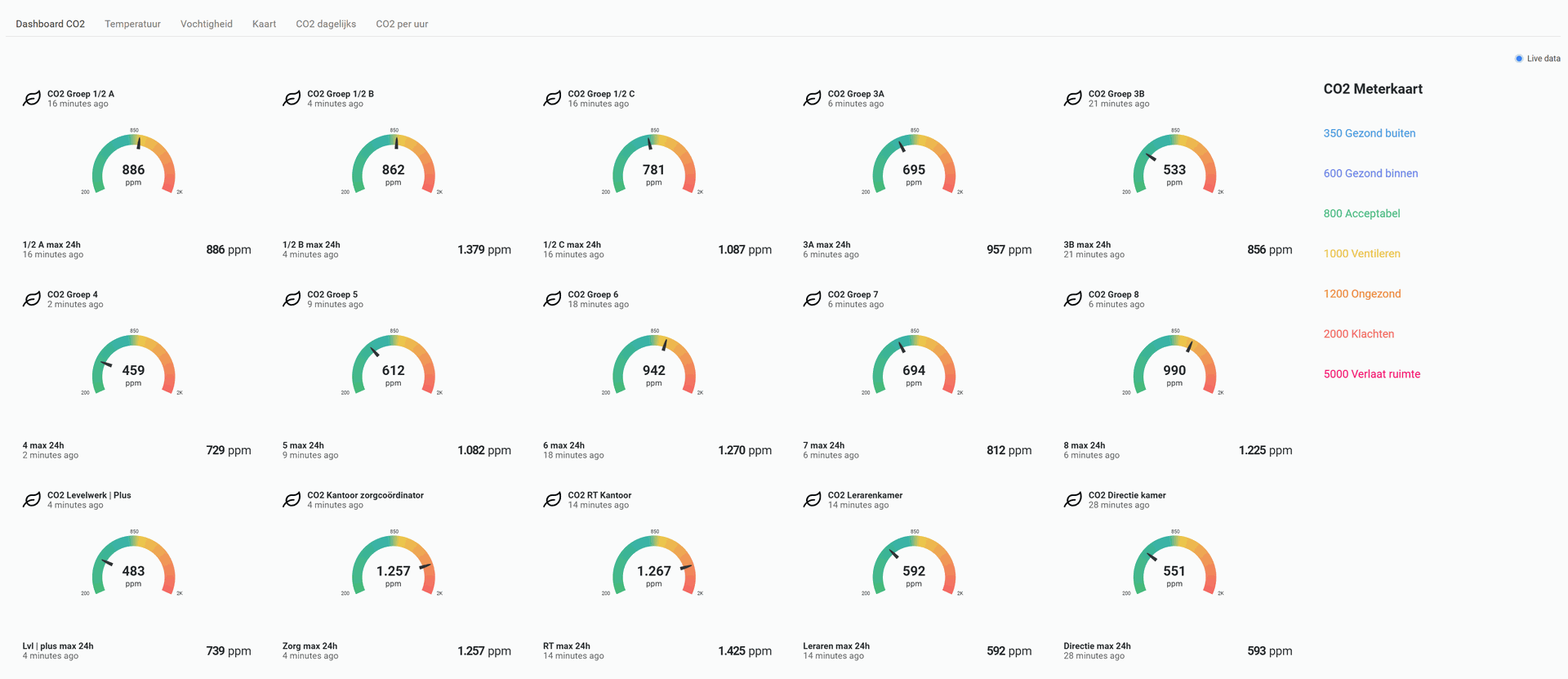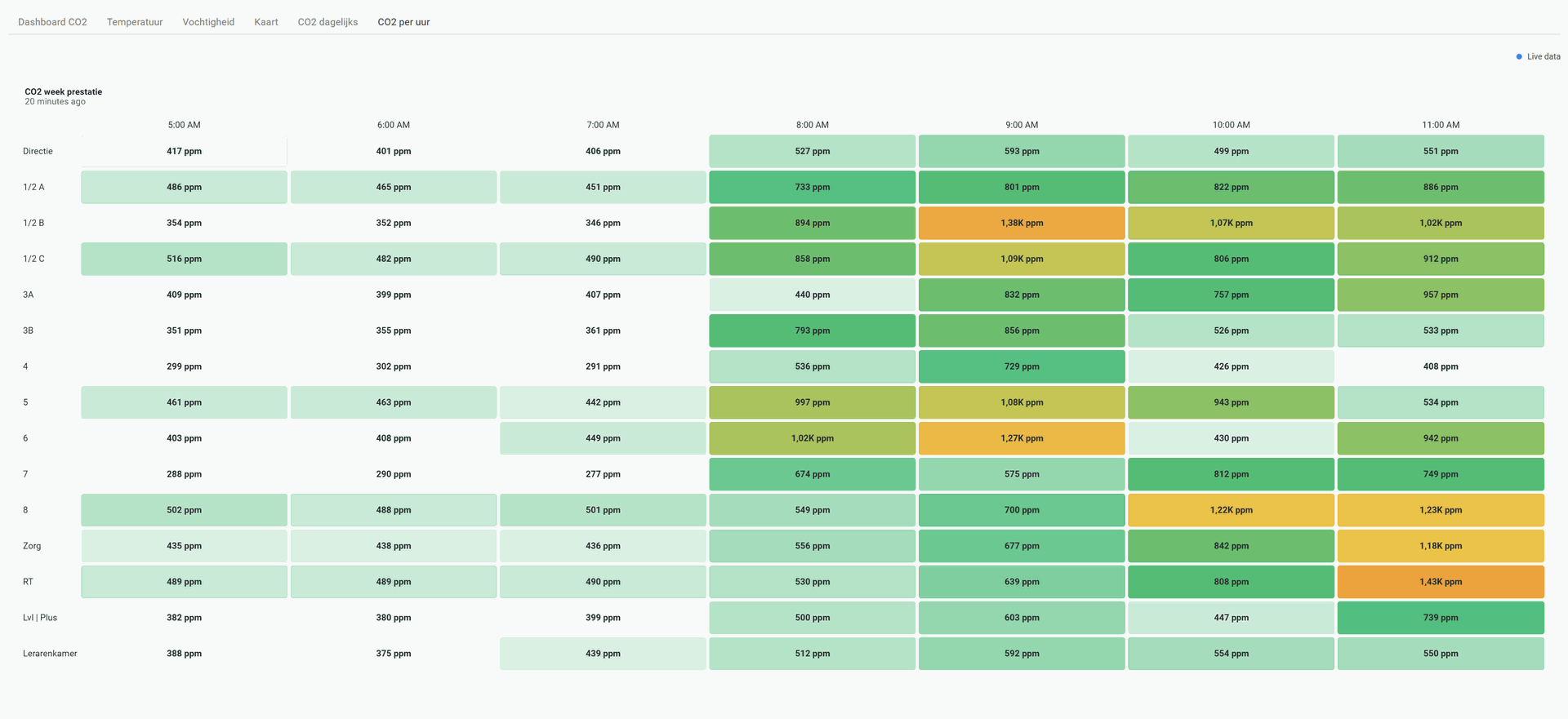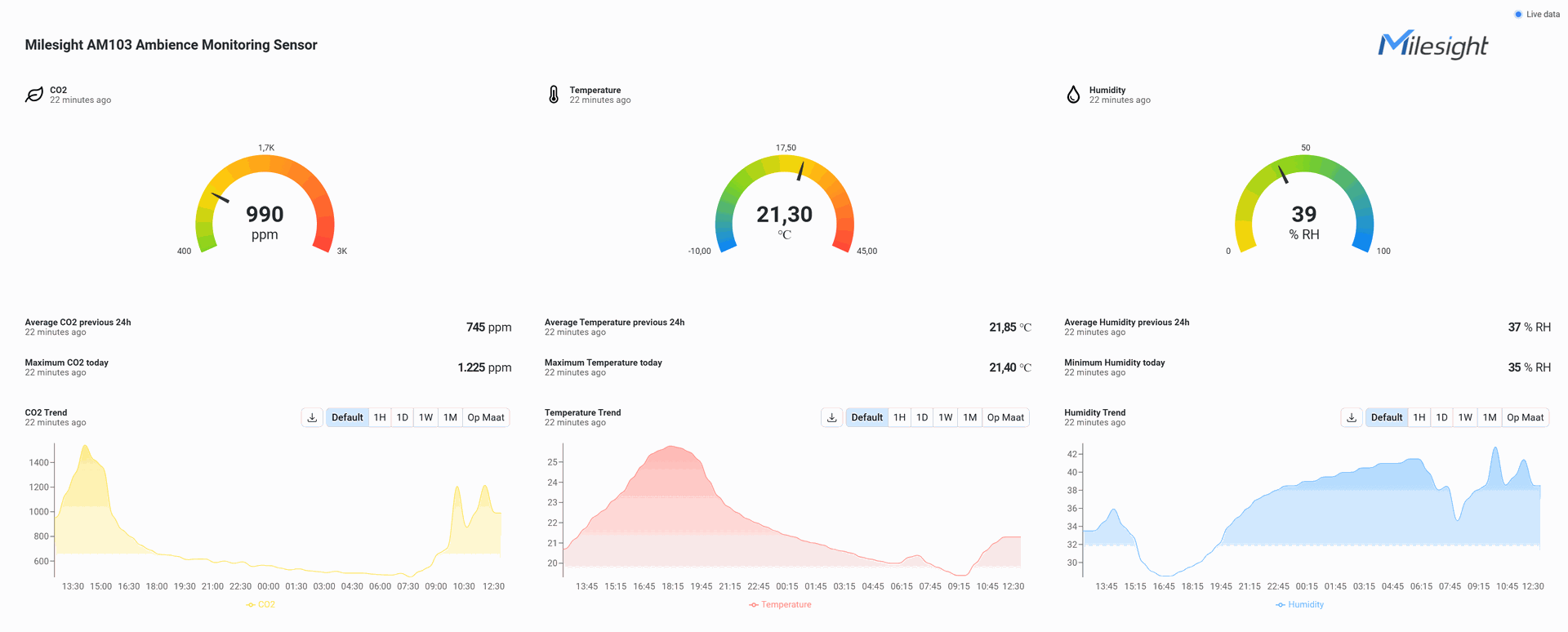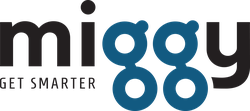Recent research by the Netherlands Court of Audit shows that primary school teachers spend nearly one day per week on administrative tasks. That’s 20% of their working time – time they would rather spend on teaching, preparation, or simply giving more attention to their students.
Administration: well-intentioned, but often inefficient
Much of this administrative work stems from external requirements: inspections, subsidies, quality controls. Think of student tracking systems, test results, but also mandatory reporting related to safety, health, and sustainability.
These requirements are understandable in themselves. We want accountable schools, transparent reporting, and safe learning environments. But the way this information is collected and managed often leaves much to be desired:
- Manual entry across multiple systems
- Spreadsheets used alongside paper forms
- Double registration because systems aren’t integrated
- And hardly any tools to help automate these processes
An example: CO₂ monitoring in classrooms
A current example is the mandatory CO₂ monitoring in schools. Since the debate on ventilation and indoor climate in classrooms, schools are expected to regularly measure air quality and be able to account for it to the school board and parents.
While measuring CO₂ is important, in many schools it results in yet another task added to an already full list:
- Physically checking sensor displays
- Logging measurements manually
- Creating reports for school leadership or regulatory bodies
What’s a smarter approach?
This is where technology comes into play. By connecting smart sensors to an automated system, schools can:
- Ongoing monitoring without manual input
- Automatically create reports, for instance on a weekly basis or per classroom
- Get warnings for out-of-range values without daily monitoring
- Monitor everything through a simple dashboard that shows historical data
At Miggy, we help schools (and their suppliers) with solutions like these. Our CO₂ sensors measure 24/7 and automatically send the data to an online portal. This way, teachers or caretakers no longer have to manually enter or save values. Less hassle, more insight — and above all: more time for teaching.


Start small, scale smart
Of course, one sensor alone won’t solve the entire administrative burden. But it is a good example of how technology can help automate small tasks that together make a big difference. And often, it’s precisely in those small steps that schools make real progress.
Want to know how your school can manage CO₂ monitoring smartly—without adding extra work? Feel free to get in touch. We’re happy to help.

